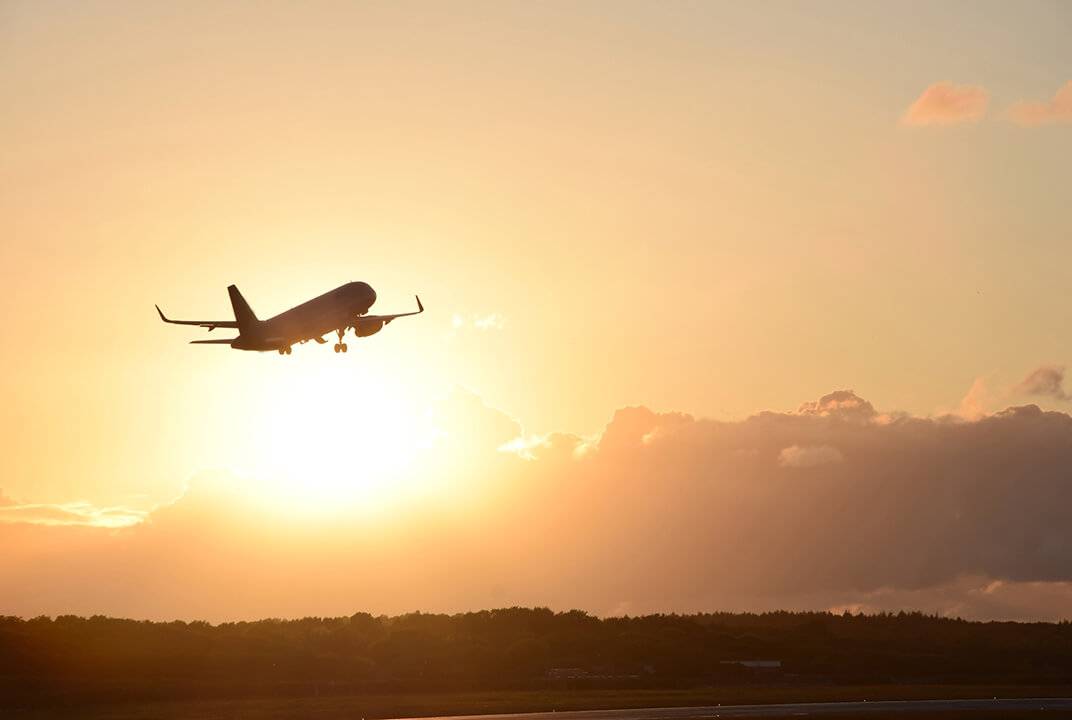Insight | The loyal e-aircraft
The loyal e-aircraft
null
The highly competitive European airline market generally makes it difficult to achieve a consistent level of profitability. The increased presence of low-cost carriers and the rise in short-haul routes is a significant challenge – and opportunity.
With new European routes opening up (1) total passenger numbers are increasing and airlines can capitalise on this to grow their business in both the number of passengers carried and their in-flight connectivity revenues, where there is a great market opportunity.
According to an analysis by routehappy, European airlines are not as present in the in-flight connectivity (IFC) market as their US counterparts; 77% of US airlines are connected, compared to only 7% in European market (2).
Big Data offers promising opportunities
The use of Big Data by airlines is a promising opportunity. Hundreds of parameters are collected on modern aircraft, and with higher capacity channels such as GX to aircraft, there is ability to stream or send these in real or near real-time. The questions though are “What is the most useful data? How can it be used? And do the airlines have the capability to translate and analyse the data they receive?”
The high-tech environment of a cockpit is the first place that benefits from access to high capacity broadband speed connectivity. It will optimise systems and enable innovations such as Electronic Flight Bags (EFBs).
With more and more airlines providing their crew members with iPads, smartphones, etc, aviation applications are being specifically developed to enhance EFBs.
Pilots now have access to real-time updates and synchronisations through apps that allow for flight navigation, data-driven route planning maps, fuel tankering, flight logs and maintenance logs, and weather briefings.
Crew members can opt-in to have other valuable operational information accessible on their iPads/tablets; from duty plans and flight schedules to training days and in-flight briefings for all regulatory and mandatory information.
Potential of true broadband in the cabin
As the industry begins to understand the potential of utilising this data generated, there will no doubt be many new businesses created to help realise this.
But the potential of true broadband to the aircraft is not just about a more operationally efficient airline. The big opportunity being pursued is in the cabin.
An airline’s continued success is partly tied to their customer’s trust and faith in the company. A recent study by Interaction Associates stated that “High-Trust Companies significantly outperform other organisations in achieving key business goals including profit and revenue growth”.
Airlines can build trust with their customers by delivering a high-value broadband experience, demonstrating their commitment to their customers and the broader e-aircraft concept.
Enhancing the passenger experience
Flight attendants can optimise their time on-board and also enhance the passenger experience by using tools that facilitate their journey. This one-to-one relationship can be developed by providing information about connecting flights and airports, as well as responding to personal requests like a special meal.
The possibilities of what can be provided to the passenger are endless and it is therefore crucial to determine the paybacks. Today, it is not only about comfortable seats, tasty meals and kind crew members, but also, for example, about the cheapest flight a traveller can purchase.
An airline’s differentiator will therefore be via the mastery of emotional communication through IFC. Once the passenger is inspired, their expectations exceeded, and a sentiment of uniqueness is created, loyalty is most probably on its way.
A fully engaged aircraft
The real time e-enabled aircraft is profitable to airlines on many different levels; it not only generates revenue and increases productivity through optimised systems and better management, but also through incalculable value.
It is not just about aircrew engagement but a fully engaged aircraft, from the pilots to the crew members to the passengers. With technological advancements enabled by broadband-quality connectivity, such as Inmarsat’s GX Aviation service, airline operators’ expectations can be exceeded and brand loyalty developed in all stages of the customer’s experience including in-flight.
Sources
1) 18 new European routes since beginning of 2015 (source: www.anna.aero).
2) 2013 figures © 2014 Euroconsult
About the author
David Coiley is Inmarsat Vice President Aviation and is responsible for marketing Inmarsat’s complete portfolio of Aviation services across the European region, including Global Xpress Ka-band, EU Aviation Network S-band and SwiftBroadband/Classic Aero L-band services and solutions.
David has over 25 years’ experience working in aviation satellite communications, mostly involving Inmarsat aviation services since their launch in the late 1980s. This is his second term with Inmarsat and he has previously also worked for AeroMobile, Arinc, Sita and British Telecom in a variety of senior business management, business development, sales and marketing roles across aviation flight deck, safety and passenger communications applications in both commercial air transport, and business aviation markets.


